There are many different image file formats to choose from when working with digital photos, including JPG vs DNG. This can be a potential minefield and it can also be confusing knowing which file formats to use for different purposes.
For example, do you use proprietary file formats and risk compatibility issues? What if you have limited storage space and can’t keep hundreds of RAW file formats? There are so many considerations and the right file format to use is not always obvious.
In this guide, we look specifically at two commonly used image file formats – DNG and JPEG. We look at each format and explain what it is, and its pros and cons. We then conclude by comparing the two and advising which situations they are suitable for.
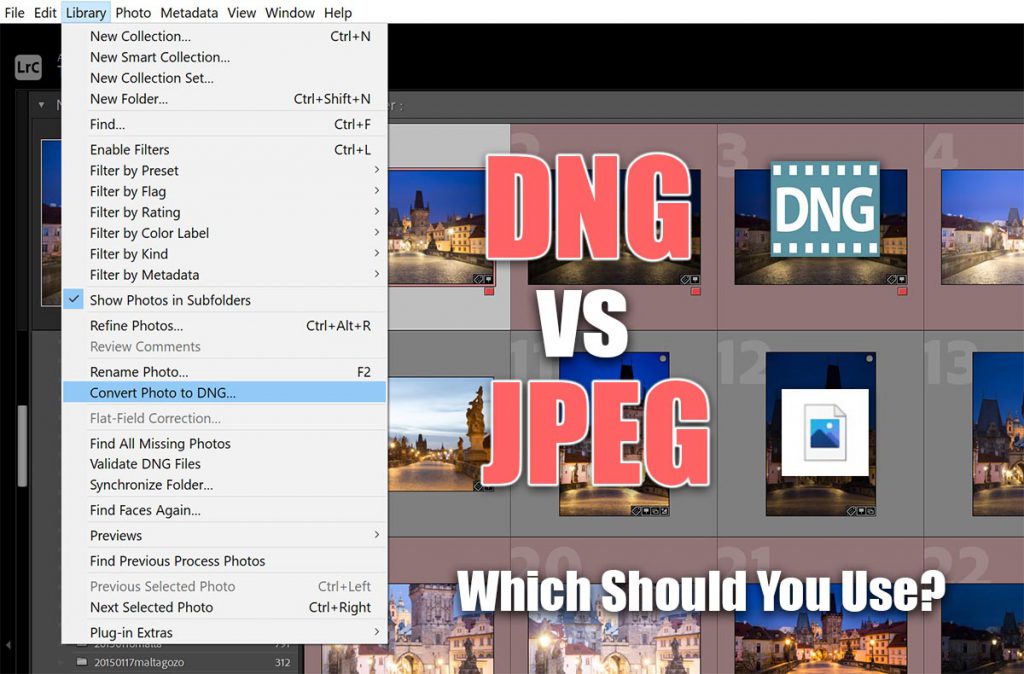
DNG vs JPEG Quick Comparison
The major pros and cons of DNG vs JPG are shown in the table below, with a fuller explanation following this.
| JPEG vs DNG Comparison | ||
|---|---|---|
| Image Quality |
|
|
| File Size |
|
|
| Compression |
|
|
| Support |
|
|
| Suitability for Editing |
|
|
| Conversion Time |
|
|
What is a DNG File?
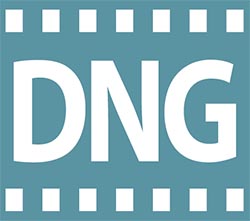
DNG is a digital image file format. It stands for Digital Negative. This file format was patented and created by Adobe in 2004. DNG is a type of raw file format that was developed from the TIFF 6.0 standard. It contains uncompressed image data and thus can be edited without loss of quality.
Adobe created DNG with an aim of bypassing compatibility issues of proprietary RAW image formats. Their vision was to create a universal RAW format that could be used on any editing software. It has not gained the widespread acceptance first envisioned, but it has been adopted by many software and camera manufacturers.
DNG files can be viewed and edited in many post-processing programs. Unlike some RAW file formats, they can also be opened in viewing software like Windows Photos, and Google Photos.
Pros
- Smaller than RAW files: While DNG files retain the original image data, they are approximately 20% smaller than RAW files. This can save some storage space and help with file transferals.
- Faster than RAW files: Due to how the image preview is saved, DNG files also typically load faster in Adobe Photoshop, Adobe Photoshop Lightroom, and Camera Raw.
- Retains all the image data: Unlike JPEGs, DNG has no compression. They retain all image data and thus are superior in quality. Also, they can be edited repeatedly without any loss of quality.
Cons
- Long conversion times: You cannot take photos in the DNG file format from your camera. You must convert from RAW to DNG. This takes additional time during the import process.
- Not universally accepted: While many software programs and apps do accept DNG files, they do not have the universal acceptance of JPEGs. As a result, you could experience compatibility issues.
What is a JPEG File?

JPEG is also a digital image file format. It stands for the Joint Photographic Experts Group and the format was established during the early 1990s. It is one of the most widely used and accepted file formats and is still the “go-to” option for digital image creation. Other file extensions and names for JPEG include JPG, JPE, and JIF.
A JPEG image uses lossy compression. This means that some image data is compressed and lost. As a result, it means that the file format is much smaller than uncompressed RAW files.
This unique compression method also means that JPEGs can be viewed on multiple devices. This includes desktop computers, tablets, mobile apps, web content, and more. It is a universal image file format.
Pros
- Incredibly small file size: JPEGs are compressed and thus have some of the smallest image file sizes available. This makes them much easier to store. It also means that you can transfer them easier via cloud storage, USB drives, or file management tools.
- Universal compatibility: JPEGs are one of the most widely accepted image file formats. You should never experience compatibility issues. They can be viewed on many different mediums including web browsers, apps, and software.
- Simpler post-processing: Converting to a JPEG from a RAW file format typically includes some processing. This means that you have to do less work when editing the image.
Cons
- Loss of quality: As mentioned, JPEGs use lossy compression. This means that detail is lost. As a result, the quality of a JPEG is inferior to both RAW and DNG file formats. Lines are rougher, colours look blockier, and you may also notice more noise and artefacts.
- Loss of original raw data: A JPEG also loses all the original RAW data. Therefore, if you do not keep the original RAW file, you can never regain that data and quality after conversion to a JPEG.
Should I Convert my Photos to DNG or JPEG?
Now that you have a firm understanding of the two image formats, we can look at what they are suitable for. Ultimately, these file formats are incredibly different and result in two completely different types of usable images. As a result, they are not really suitable for the same purposes as explained below.
Converting to DNG – A more convenient method for editing RAW files?
The DNG file format is a great choice for high-quality photo editing. Particularly if you use Adobe Photoshop or Adobe Photoshop Lightroom.
Compared to RAW file formats such as CR3, DNG has several benefits. Firstly, there is no “sidecar” XMP file. This helps improve file management, and also reduces the file size somewhat.
Secondly, DNG is not proprietary and thus is easier to use in terms of compatibility. It is not universally accepted still, but it has far better compatibility than the CR3 format, for example.
If you want to retain the quality and data of an image, but enjoy an easier editing process, the DNG file format is a good choice.
Adobe have released a free DNG converter, so you don’t need to use Lightroom or Photoshop to convert to DNG, if you don’t want to.
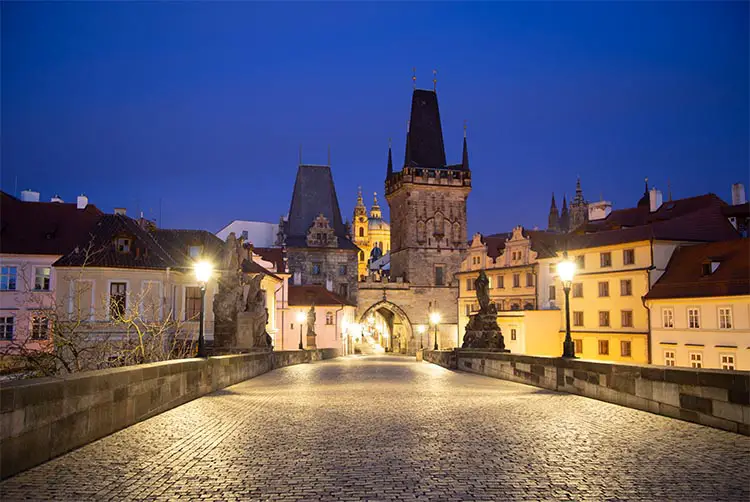
A larger photo file than JPEG, but still smaller than the 23.1MB RAW file
Converting to JPEG – The best format for sharing and viewing photos?
The JPEG file format is not suitable for professional photo editing. The compression and loss of data will result in an inferior image compared to a DNG file or RAW file.
However, JPEG images do have their uses! JPEGs are the best option for the presentation of your final image, once the editing is complete. This could include the following uses:
- Uploading images to social media
- Sending photos via email
- Using images on a digital photo frame
- Images used in web content
The smaller file size and universal acceptance make JPEG the obvious choice in these situations.
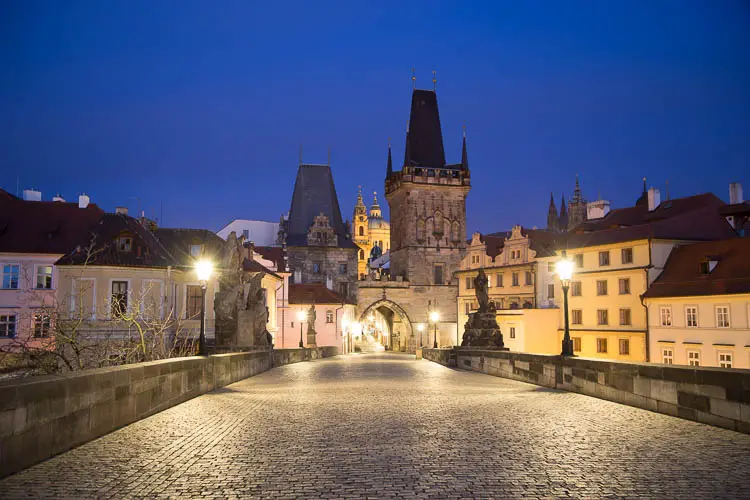
This photo is significantly smaller than the DNG version, with comparable image quality
Read More:

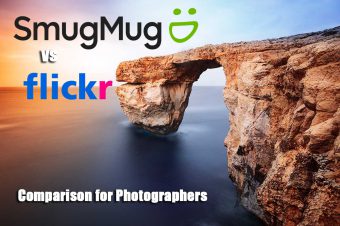
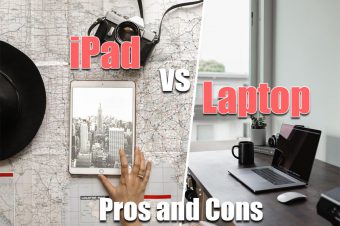
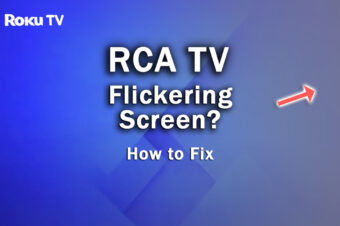

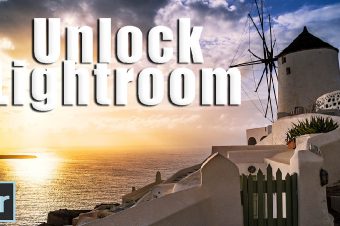
Leave a Reply